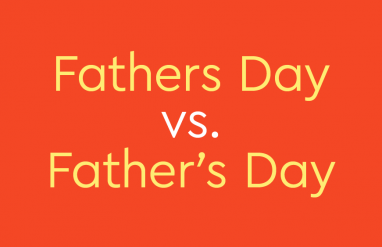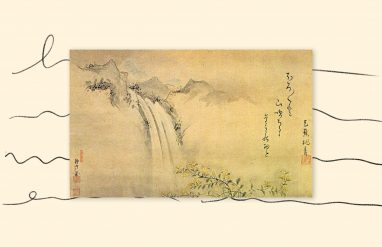⚡ Quick summary
Both leaped and leapt are correct forms of the past tense and past participle of the verb leap. They are both commonly used.
Seeing a spooky ghost will make you leap right out of your shoes. But which word is correct to use when you tell a scary story about leaping that happened in the past—leaped or leapt?
In this article, we’ll jump at the chance to answer all the questions you might have about the differences between leaped and leapt.
leapt vs. leaped
Both leaped and leapt can be used as the past tense and past participle forms of the verb leap (in both its literal and figurative senses). The two forms are used interchangeably.
For example:
- At the end of the nursery rhyme, the cow leaped/leapt over the moon.
- The track star leaped/leapt over the hurdles with blazing speed.
A past participle form of a verb can be used to create the present perfect verb tense (have leaped/leapt) or the past perfect verb tense (had leaped/leapt).
For example:
- Present perfect form: My cat has leaped/leapt over this gate many times before.
- Past participle form: The gazelle had leaped/leapt into the trees before the jackal came anywhere close to it.
The past tenses and past participles of most verbs are formed by adding –ed or –d to the end of the root form of the verb. Leaped follows this pattern. Verbs whose past tenses and past participles follow this general rule are called regular verbs, whereas verbs that don’t act this way are called irregular verbs.
Though leapt is sometimes considered to be an irregular form, adding –t to form the past tense or past participle follows the same pattern as adding -ed. It doesn’t have the more drastic spelling changes seen in irregular verbs, such as when catch changes to caught.
But leapt isn’t the only verb that ends this way.
Verbs similar to leap
The use of -t when forming the past tense or past participle is thought to be influenced partly by speech patterns. That is, in some cases, the –t form likely emerges simply because it’s easier to say than the –ed or –d version.
Some verbs that add a –t instead of –ed or –d add it directly to the end of the word without any other spelling change.
For example:
- leap becomes leapt
- dream becomes dreamt
- learn becomes learnt
Sometimes, though, the spelling and vowel sound in the middle of the word can change along with the ending.
For example:
- feel becomes felt
- sleep becomes slept
Some verbs only use the –t form in their past and past participle forms.
For example:
- creep becomes crept
- sleep becomes slept
- weep becomes wept
- keep becomes kept
Note that some –ed forms, such as sleeped and keeped, are never used and are considered incorrect. In other cases, both the –ed and –t forms of a verb are used.
For example:
- leaped and leapt
- burned and burnt
- learned and learnt
- kneeled and knelt
- smelled and smelt
Sometimes, both forms are used with relatively similar frequency, as in the case of leaped and leapt. In other cases, one of the two forms may be used less commonly than the other. For example, kneeled is used much less commonly than knelt, and learnt is used much less commonly than learned (particularly in American English).
Examples of leap, leapt, and leaped used in a sentence
Let’s leap to the challenge of creating example sentences that include leap, leapt, and leaped.
- I am amazed that pole vaulters are able to leap over those bars.
- The jaguar leaped/leapt from the bushes onto the unsuspecting deer.
- The referee leaped/leapt out of the way of the charging football players.
- Her beautiful prose leaped/leapt off the page.














